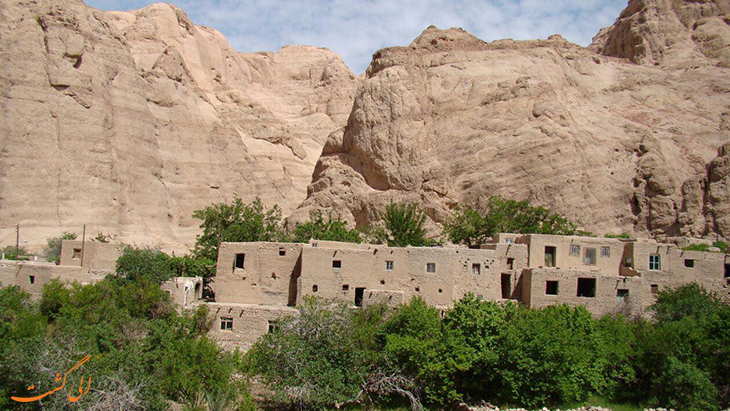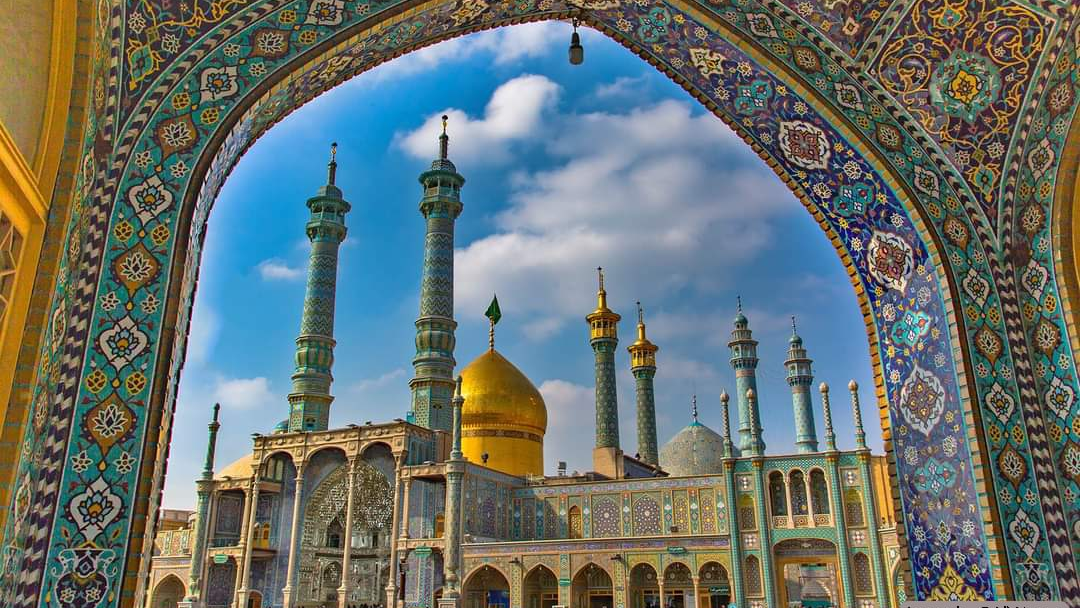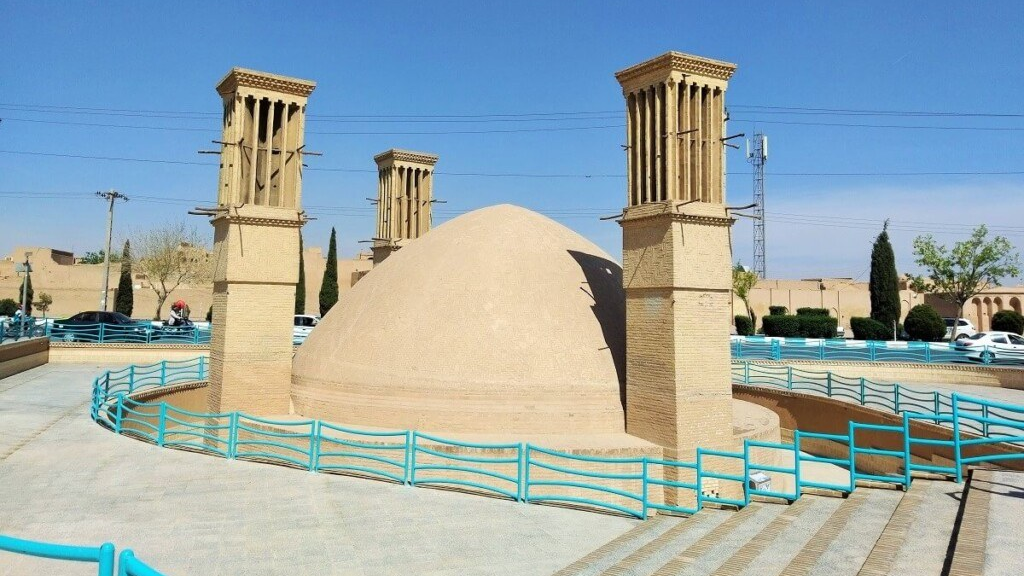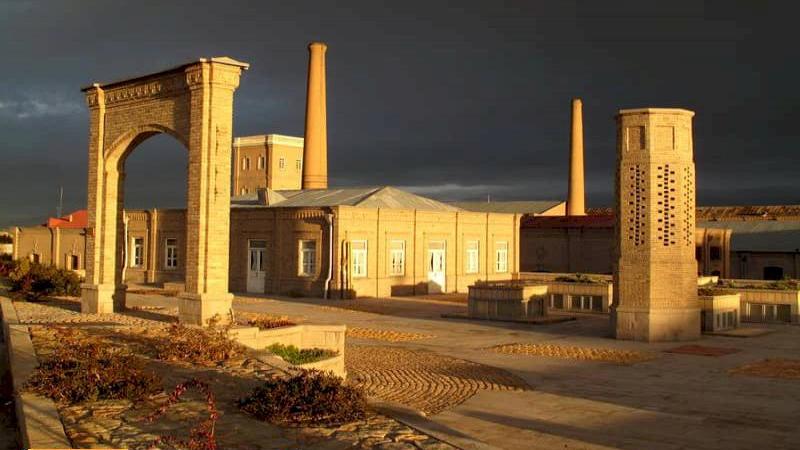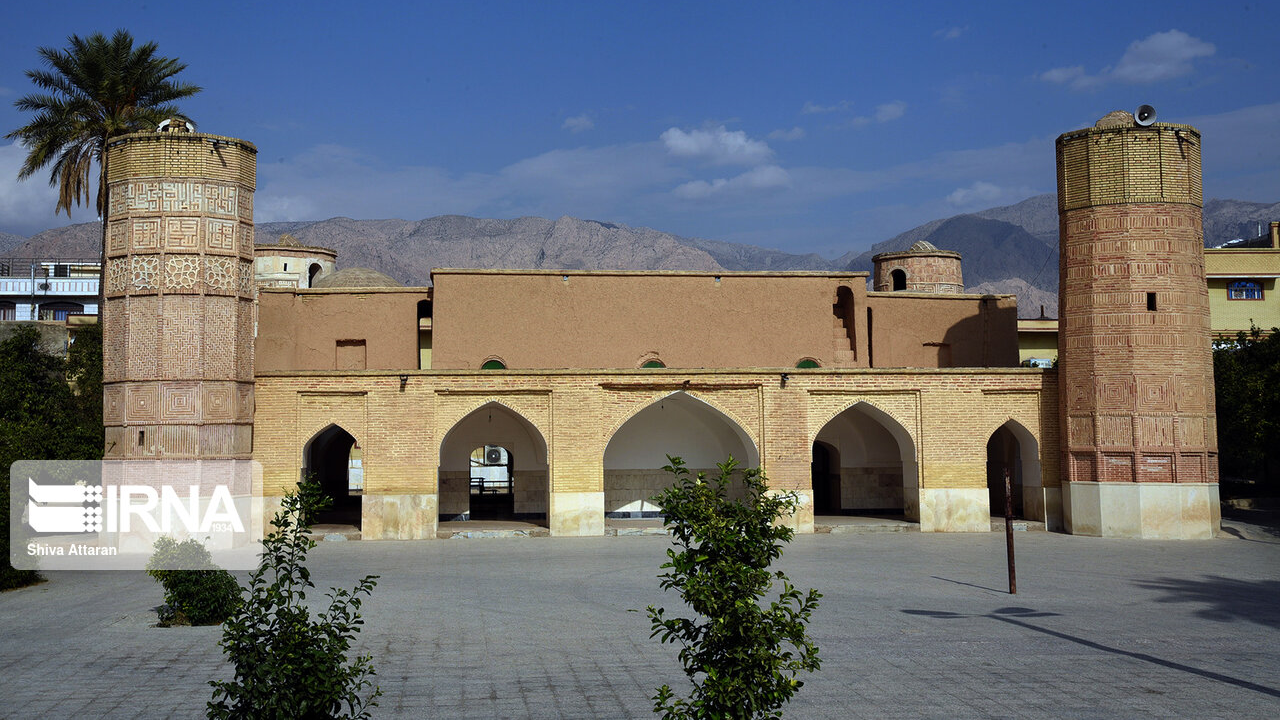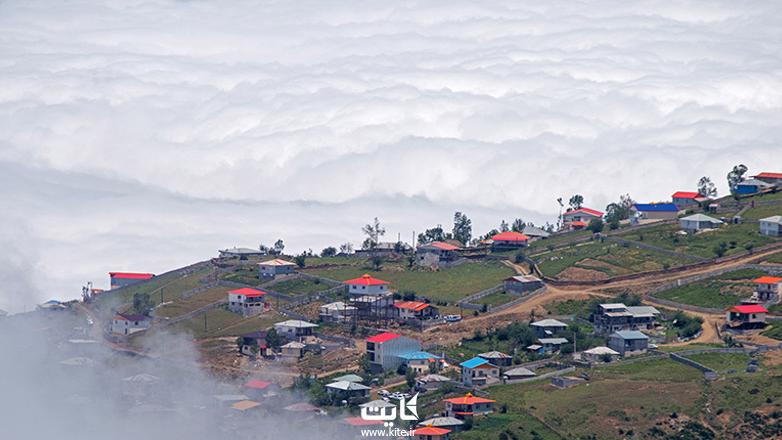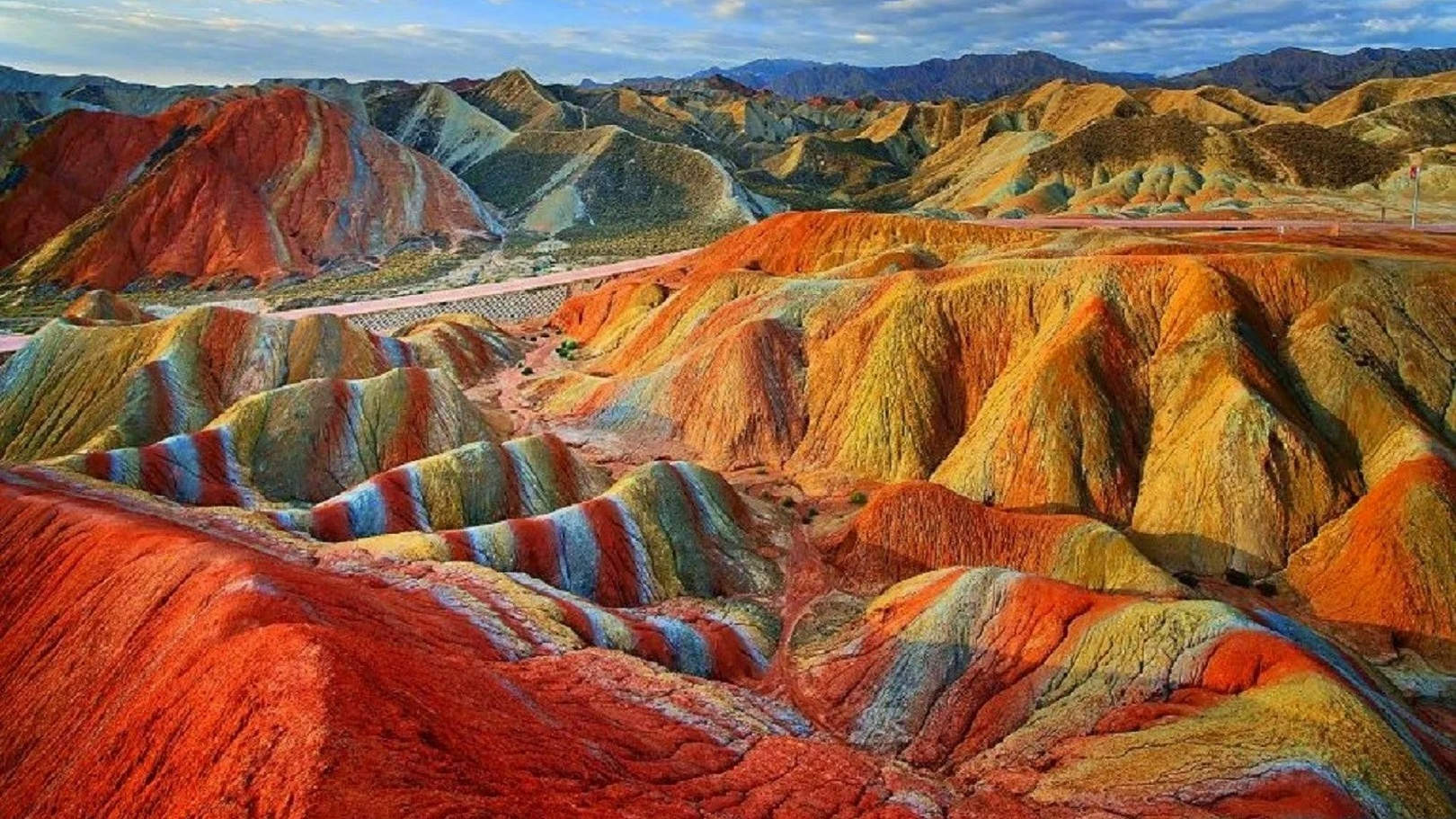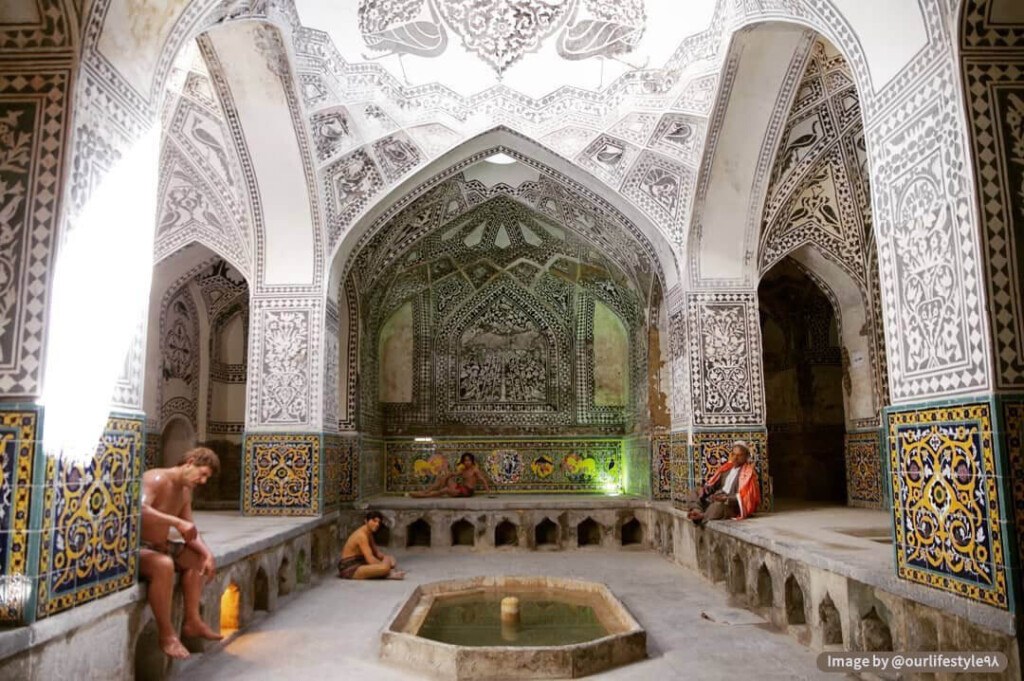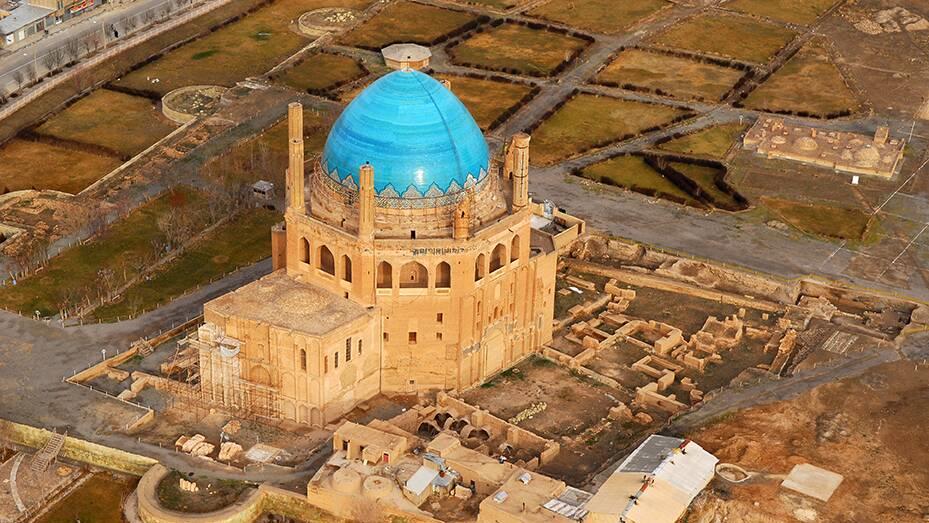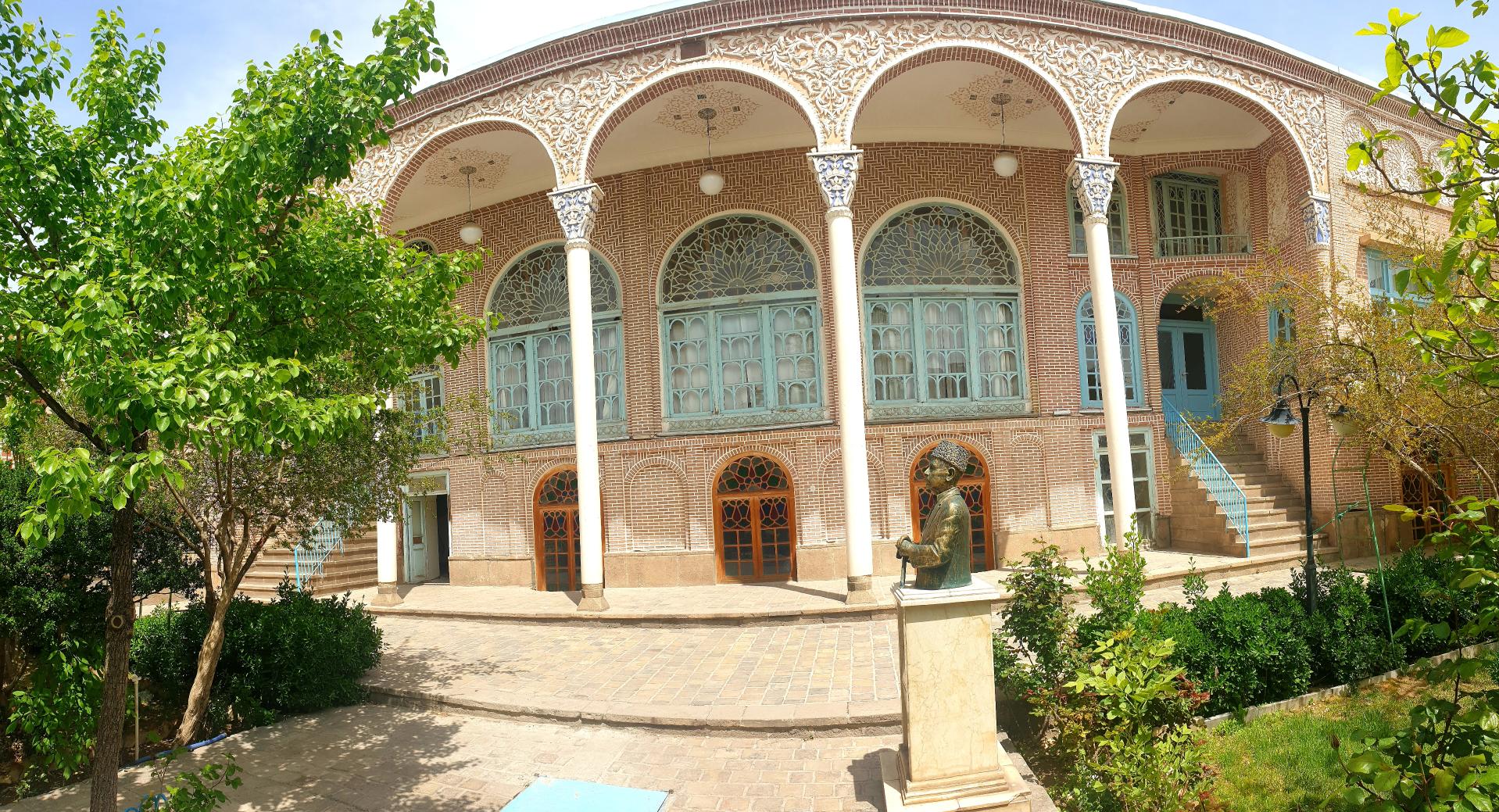
Milad Tower, the Tallest Tower in Iran
Population growth and the increase in urban settlements have compelled architects to design high-rise towers. Today, such towers are recognized as symbols of modern cities. Their owners and architects, in addition to pursuing commercial purposes, strive to design buildings that also attract tourists. In Iran, the Milad Tower holds the title of the tallest tower in the country. Due to its height, it can be seen from most parts of Tehran—Of course, this is only possible when the air is clear and free of pollution.
Milad Tower: History and Features
In the list of the world’s tallest buildings, Milad Tower ranks 24th (as of 2024). The tower stands 435 meters tall and serves as a telecommunications tower. Among towers with telecommunication functions, Milad Tower is the sixth tallest in the world. Its total floor area reaches 13,000 square meters. The tower is currently located in Tehran’s District 2, and it can be accessed via the Sheikh Fazlollah, Hemmat, Hakim, and Chamran highways.
It is believed that the idea of constructing a high-rise telecommunications tower in Tehran was first proposed before the victory of the Islamic Revolution in 1979. However, it was not until the late 1990s that the project took concrete form after undergoing several revisions. The groundbreaking ceremony for Milad Tower was finally held in 1997 (1376 in the Iranian calendar). Studies to determine the best location and design of the tower had begun in the early 1990s. After two years of research, 21 possible sites across Tehran were identified. Following several evaluations, four locations were shortlisted, and finally, the hills of Kouye Nasr (Gisha) in western Tehran were selected as the most suitable site for the construction of the tower. The decision involved expert groups from various fields, including telecommunications, road construction, architecture, economics, meteorology, urban planning, and traffic studies. Factors such as convenient accessibility, the site’s elevation (which would make the tower visible from all parts of Tehran), sufficient space for future development projects, proximity to infrastructure facilities, and the potential for optimal use of telecommunication systems were the main reasons behind choosing this location.
Milad Tower was constructed on an octagonal plan. Approximately 17,000 square meters of glass were used in its exterior façade, and the tower’s total weight is estimated at around 150,000 tons. Inside the concrete shaft—known as the shaft—six high-speed elevators are installed, each capable of moving at a speed of up to seven meters per second. At the beginning of the construction phase, the project was named “Yadman Tower”, but in 2001 (1380 in the Iranian calendar), Tehran’s municipality renamed it “Milad Tower” to commemorate the 100th anniversary of the birth of Ayatollah Khomeini, the leader of the Islamic Revolution. After eleven years of construction, the tower was officially inaugurated.
Different Sections of Milad Tower
Milad Tower consists of a total of twelve sections. The ground floor (lobby) area includes two basement levels, one main floor, and three upper floors. Some of the tower’s mechanical and electrical facilities are located in the basement levels of this section. The upper floors of the lobby feature numerous decorative elements such as fountains, ponds, landscaped areas, artificial waterfalls, and arched ceilings. This part of the complex is also used for hosting ceremonies, cultural events, and special gatherings.
The Handicraft Gallery and the Carpet and Art Gallery form two other sections of the tower, where various handicrafts and artworks are exhibited. The Closed Observation Deck is the fourth section of the tower, located at a height of 261 meters. From this deck, visitors can enjoy panoramic views of Tehran through glass panels. In this section, various objects—mostly related to the Tehran Municipality—are on display. The Museum of Celebrities is another part of Milad Tower, featuring statues of Iran’s prominent figures and notable personalities. At a height of 276 meters, the revolving restaurant is located. This restaurant is the highest restaurant in Tehran and completes one full rotation every hour. Another section of the tower is the open observation deck, which is situated at a height of 280 meters above ground. From the circular terrace on this floor, with a diameter of 60 meters and the largest floor area in the tower, visitors can enjoy a 360-degree panoramic view of Tehran. A section of the tower, called the “Food Hall,” is dedicated to serving various types of cuisine. Additionally, a special VIP restaurant is located in the tower at a height of 292 meters above the ground. At 302 meters, the highest floor of Milad Tower is situated, known as the “Sky Dome.” This glass dome is 13 meters high, and at its center stands an octagonal wall. On this octagonal wall, artworks are displayed, depicting Iranian myths and symbols. Additionally, a 120-meter-high mast rises above this floor. Its base is square, but as it ascends, it transforms into a 16-sided polygon. The antenna is made of stainless steel and functions to enhance telecommunications antennas as well as digital and analog signals.
| Name | Milad Tower, the Tallest Tower in Iran |
| Country | Iran |
| State | Tehran |
| City | Tehran |
| Registration | No registration |
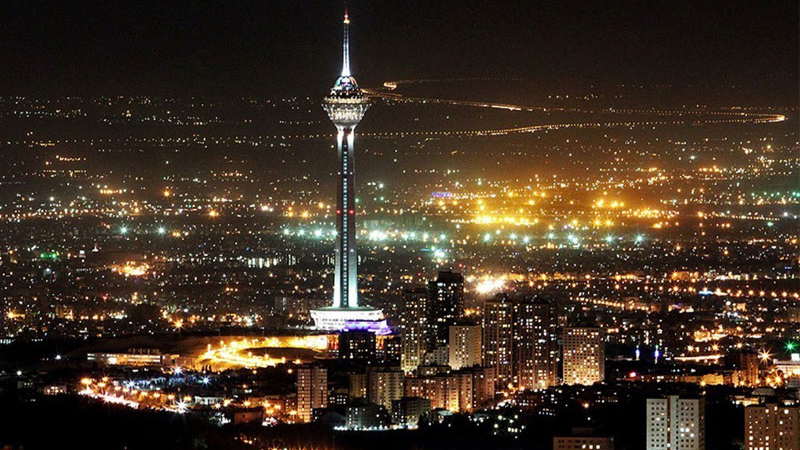
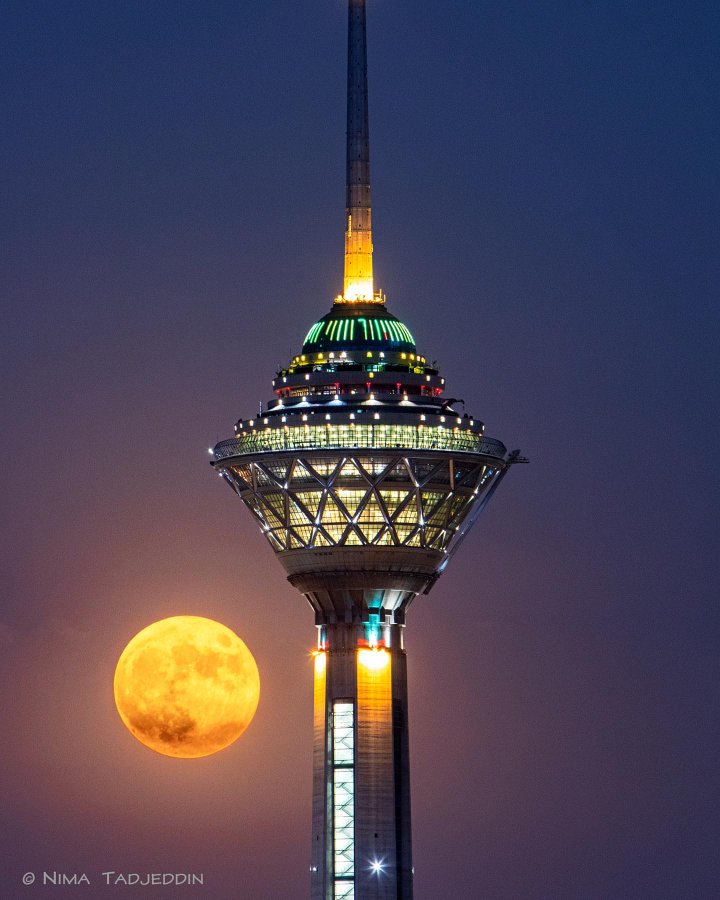
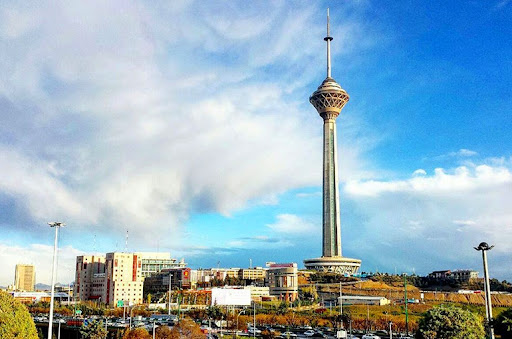



Choose blindless
Red blindless Green blindless Blue blindless Red hard to see Green hard to see Blue hard to see Monochrome Special MonochromeFont size change:
Change word spacing:
Change line height:
Change mouse type:

